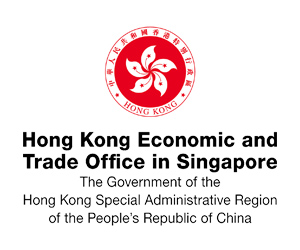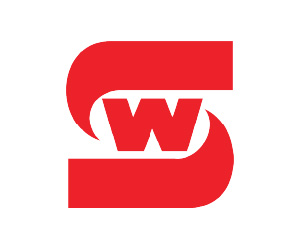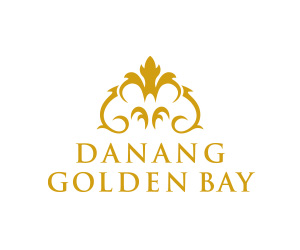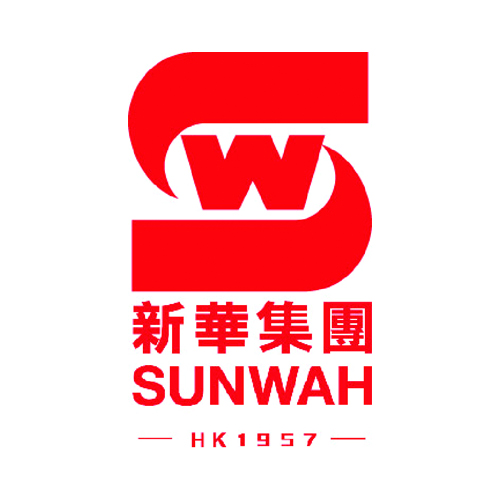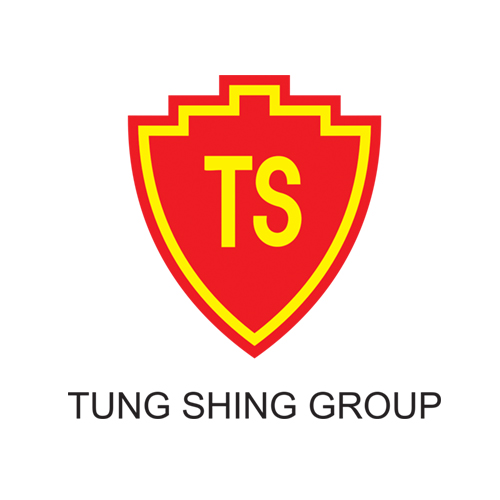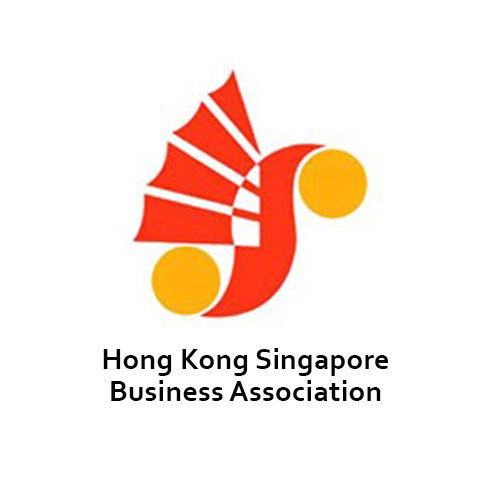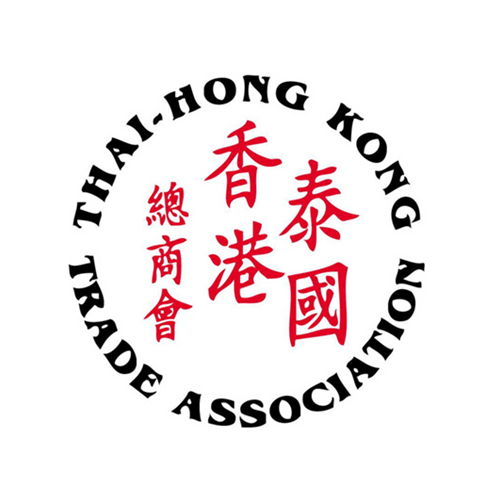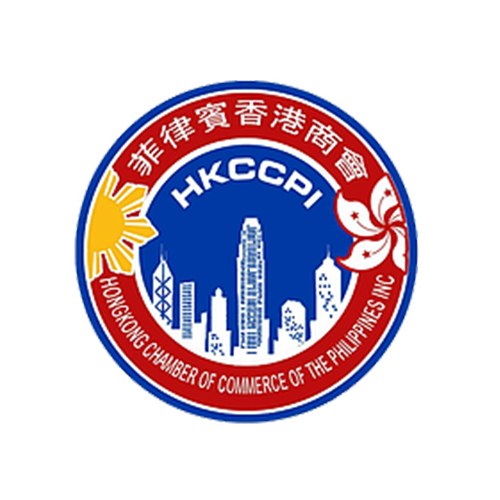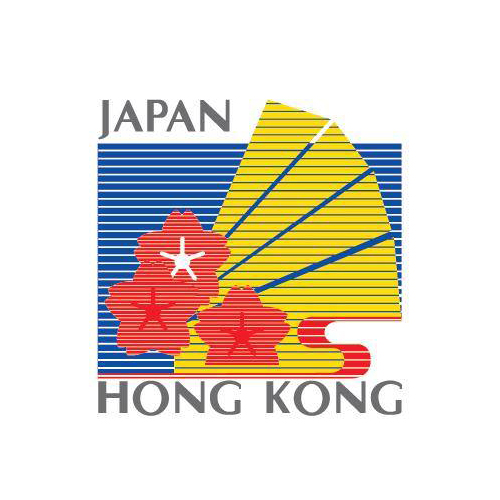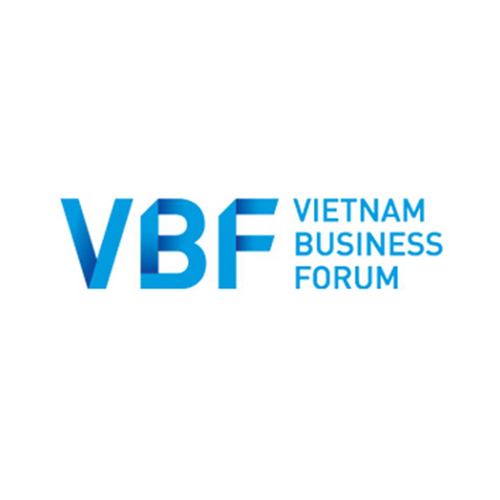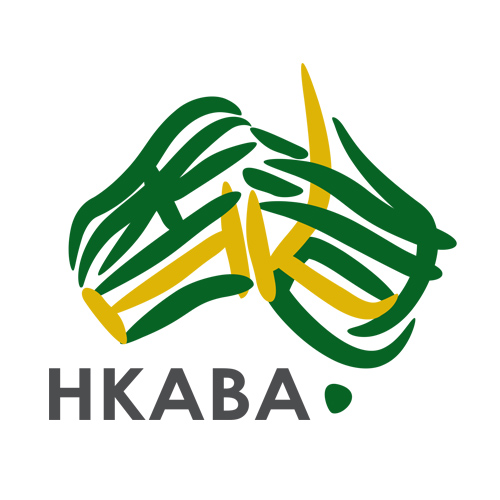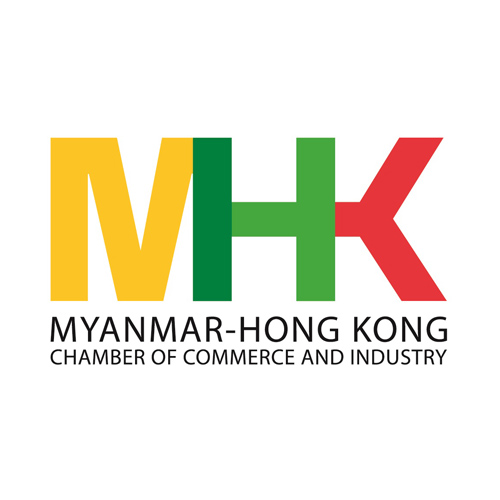Want to be in the loop?
subscribe to
our notification
Business News
SEEKING TECHNOLOGICAL SOLUTIONS FOR VIETNAM GARMENT AND TEXTILE INDUSTRY
Improving manufacturing technologies, localising input materials and cooperating with countries with developed manufacturing technologies is considered a right direction for the garment and textile industry to take advantage of preferential tariff treatments.
This information was released at the “Belgian Technology Solutions for Vietnamese Textile Industry” roadshow which was recently held in Hanoi by the Vietnam Textile and Apparel Association (Vitas) in coordination with the Flanders Investment & Trade Agency (FIT) and the Belgian Textile Machinery Association (Symatex).
Vietnam now has about 4,000 garment and textile companies, including 650 foreign-invested firms. Specifically, 70 per cent are garment companies, 17 per cent are textile companies, 6 per cent are spinning companies, 4 per cent are dyeing companies and 3 per cent are supporting companies. This structure is disproportionate! This shows that Vietnam is very strong in the final stages of “cutting - sewing” while it is very weak in spinning, weaving and dyeing and is unable to supply enough of inputs for domestic garment and textile companies.
According to information at the forum, the domestic garment and textile industry needs about 10 billion square metres of fabric but it can produce just over 3 billion square metres a year due to weak capacity and technology. Applying advanced manufacturing technologies, increasing localisation ratio and improving productivity is vital for the industry to control material resources and take advantage of tariff preferences generated by free trade agreements (FTAs).
Mr Truong Van Cam, Vice President of Vitas, said that Vietnam has signed several FTAs, including very important ones like the EU - Vietnam FTA (EVFTA) and the Trans-Pacific Partnership (TPP). The garment and textile industry has been seen as a top beneficiary of these FTAs when tariffs are brought to zero. Nevertheless, to be beneficial, domestic enterprises must meet the complex rules of origin, e.g. “fabric forward” in EVFTA and “yarn forward” in TPP. Meanwhile, the industry is importing 80 per cent of materials from foreign countries, mostly from non-TPP and non-EVFTA nations. Improving product quality and increasing localisation ratio is the core issue of Vietnam's garment and textile sector.
He added that Vietnam has attracted many new foreign-invested garment and textile projects while domestic companies have spent more in the sector too. However, he noted that they face many land-related difficulties when they invest in Vietnam. Most localities turn down dyeing textile projects on fears of considerable environmental pollution.
Remarking on Belgian textile technologies, he pointed out that Belgian textile technologies are now not strange since many Vietnamese businesses are using them, especially textile equipment. The Flanders region produces the world's fastest air jet looms and always pioneers in electronic and digital technologies applied in garment and textile production inspection, monitoring and control.
Mr Joroen Vist, Director of Symatex, added that Belgium has established cooperation in garment and textile technologies with Vietnam for over 10 years and the country now wants to expand the presence in the Vietnamese market amid rising demand in this industry, especially when Vietnam joins new generation free trade agreements, including EVFTA.
Sharing this point of view, Mr Wouter Vanhees, Trade Counsellor of Flanders Investment and Trade Agency of Belgium (FIT), affirmed that the Belgian textile machinery industry is mainly engaged in production of interior cloths (floor coverings, carpet, upholstery, velvet, tablecloths), textile fabrics and technical textiles. Flanders textile machinery manufacturers always pursue cutting-edge technology strategies. As a result, they are always ranked Top 5 companies with most patents.
In addition to applying advanced technologies and cooperating with countries with advanced garment and textile technologies such as Belgium, delegates to the forum also underscored that Vietnam needs an appropriate dyeing textile development plan for localities. The formation of textile industry clusters will help increase the localisation ratio and reduce costs. Localities also need to prepare good infrastructure for industrial zones like land fund, water drainage and water supply systems.
Also at the forum, Vietnamese companies were informed of the latest development and solutions for weaving and Jacquard weaving, finishing and coating devices, weft insertion systems, production management and garment and textile parts.
Source: VCCI
Related News
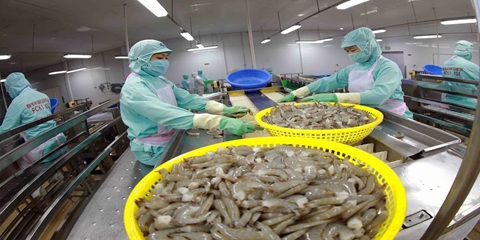
VIETNAM’S SEAFOOD EXPORTS HIT OVER US$10 BILLION IN JAN-NOV
Seafood export revenue in November alone amounted to nearly US$990 million, up 6.6% year-on-year. Key product groups posted solid gains. Shrimp exports rose 11.7% to over US$385 million, supported by strong demand for whiteleg shrimp and lobster. Tra fish shipments increased 9.7% to almost US$197 million, while marine fish, squid, and mollusk exports maintained their recovery.
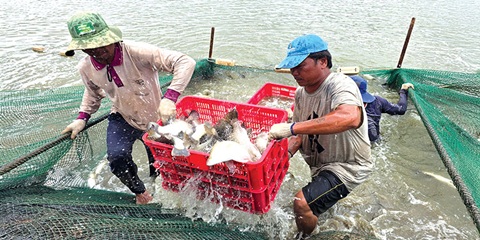
VIETNAM’S AGRO-FORESTRY-FISHERY EXPORTS HIT NEW RECORD IN JAN-NOV
Vietnam’s agro-forestry-fishery export revenue reached an estimated US$64.01 billion in the first 11 months of 2025, up 12.6% year-on-year and surpassing the full-year record of US$62.4 billion set in 2024. Agricultural exports reached US$34.24 billion, up 15% year-on-year, while livestock products brought in US$567.4 million, a 16.8% increase. Seafood exports rose 13.2% to US$10.38 billion, and forestry products earned US$16.61 billion, up 5.9%.

HANOI REPORTS RECORD-HIGH BUDGET REVENUE IN 2025
Hanoi’s budget revenue is estimated to reach VND641.7 trillion in 2025, the highest level ever recorded and nearly 25% above the revised target, according to a report by the municipal government. Data from the city’s socioeconomic performance review shows that total state budget collections in 2025 are projected to reach 124.9% of the adjusted plan and rise 24.9% from 2024, the Vietnam News Agency reported.
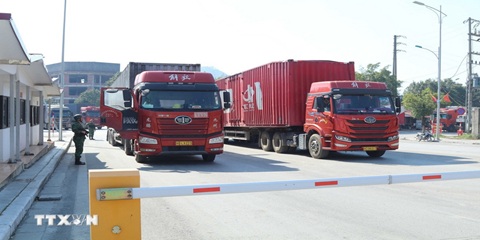
VIETNAM, CHINA TO PILOT TWO-WAY CARGO TRANSPORT AT LANG SON BORDER
Vietnam and China will launch a one-year pilot program on December 10 to allow two-way cargo transport through the Huu Nghi–Youyi Guan international border gates in Lang Son Province, reported the Vietnam News Agency. The Dong Dang-Lang Son Economic Zone Management Board said the trial aims to reduce transport costs and improve customs clearance capacity.
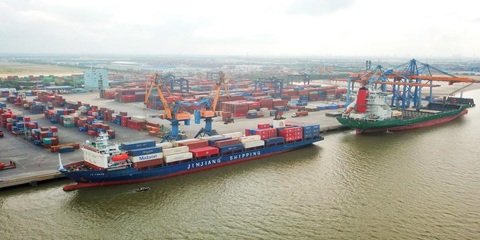
VIETNAM’S IMPORT-EXPORT VALUE NEARS US$840 BILLION IN JAN-NOV
The total value of Vietnam’s imports and exports was nearly US$840 billion between January and November this year, the highest level ever recorded, according to the National Statistics Office. In its latest report on the country’s socio-economic performance, the National Statistics Office highlighted a series of positive economic indicators, with trade emerging as one of the strongest drivers of growth.

OVER 19 MILLION INTERNATIONAL VISITORS COME TO VIETNAM IN JAN-NOV
Vietnam received more than 19.1 million international visitors in the first 11 months of 2025, a 20.9% increase year-on-year and the highest level ever recorded, according to the National Statistics Office. The figure surpasses the full-year record of 18 million arrivals set in 2019, before the Covid-19 pandemic. Nearly two million foreign visitors arrived in November alone, up 14.2% from October and 15.6% from the same period last year.
